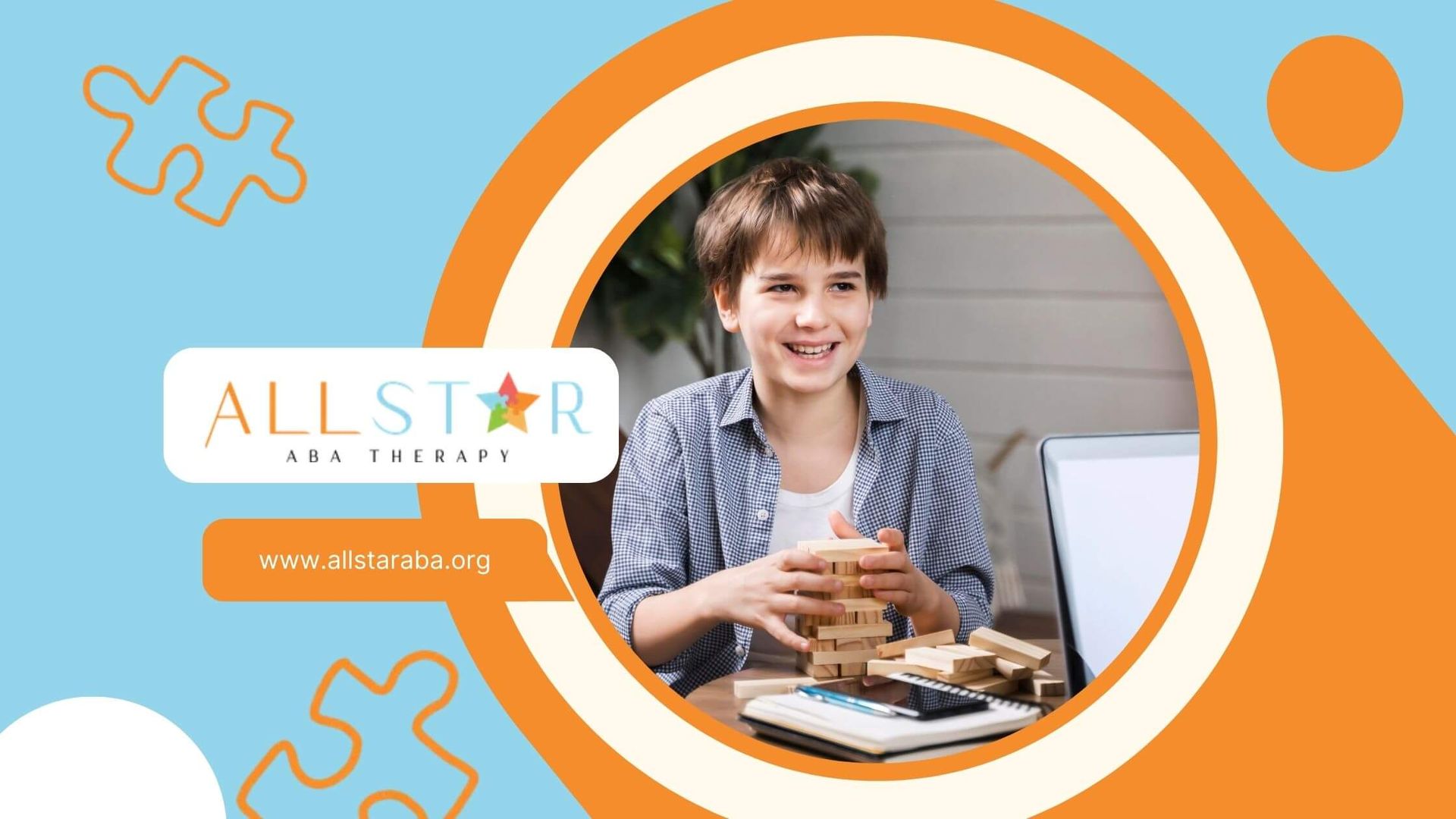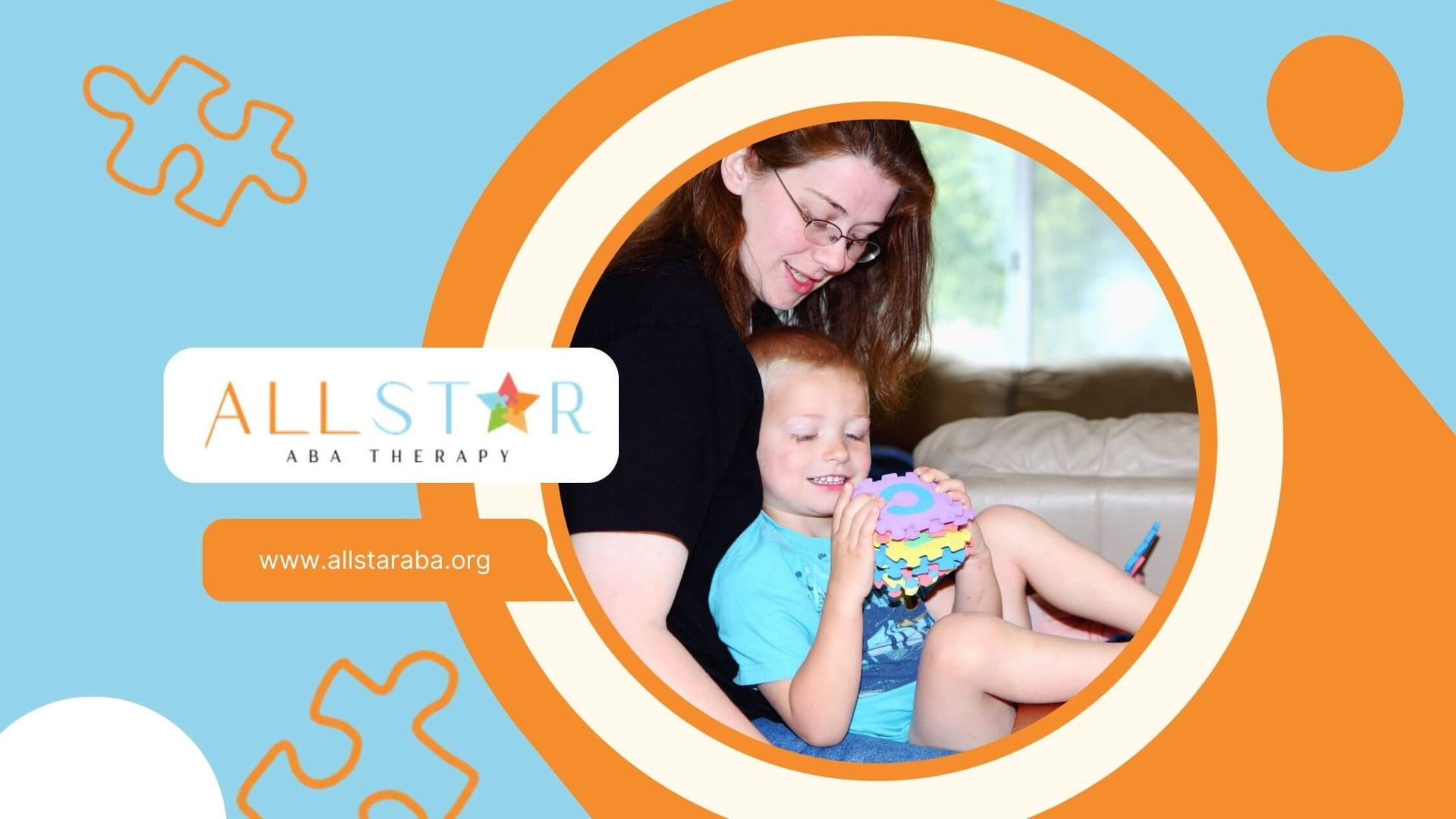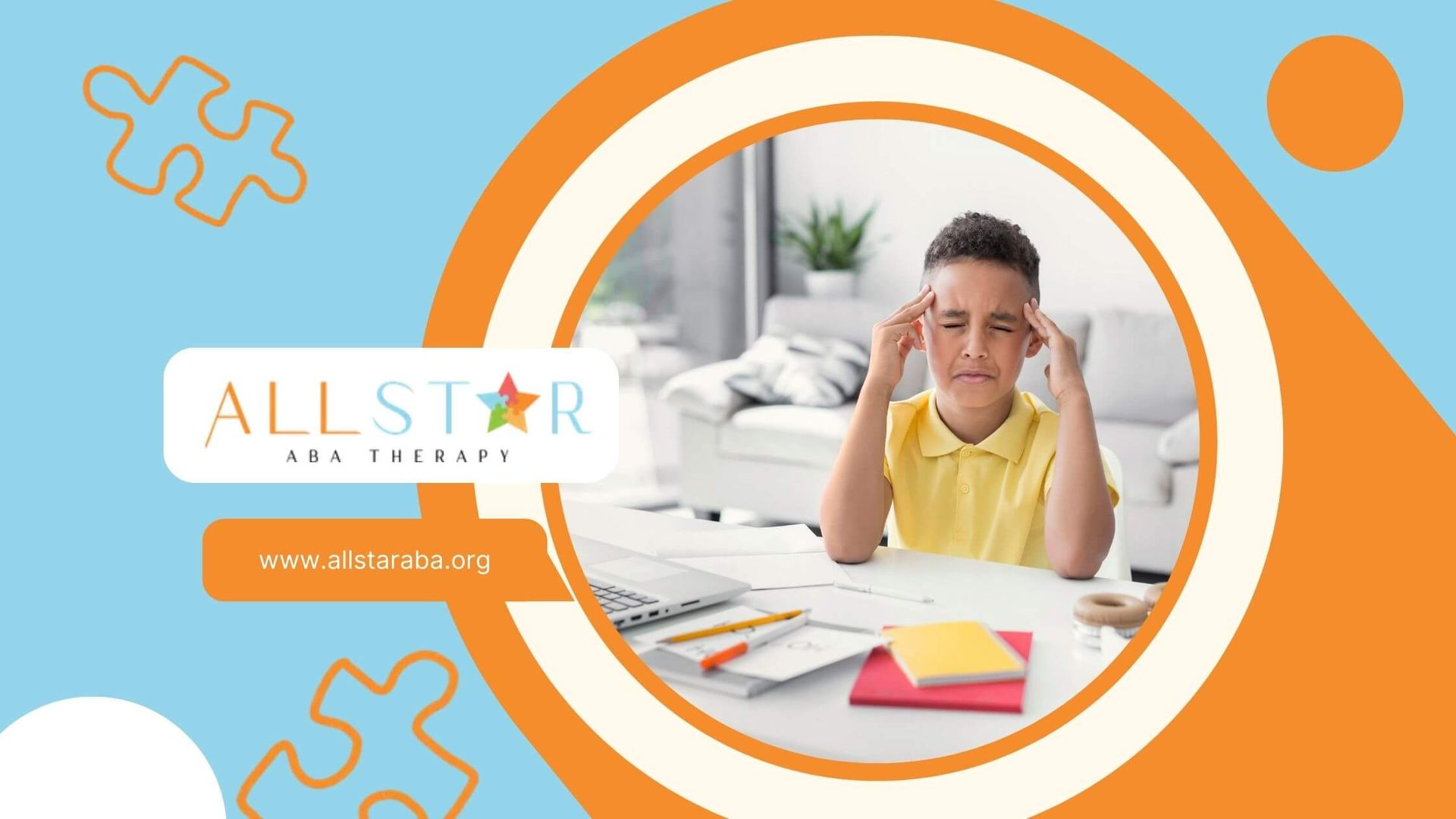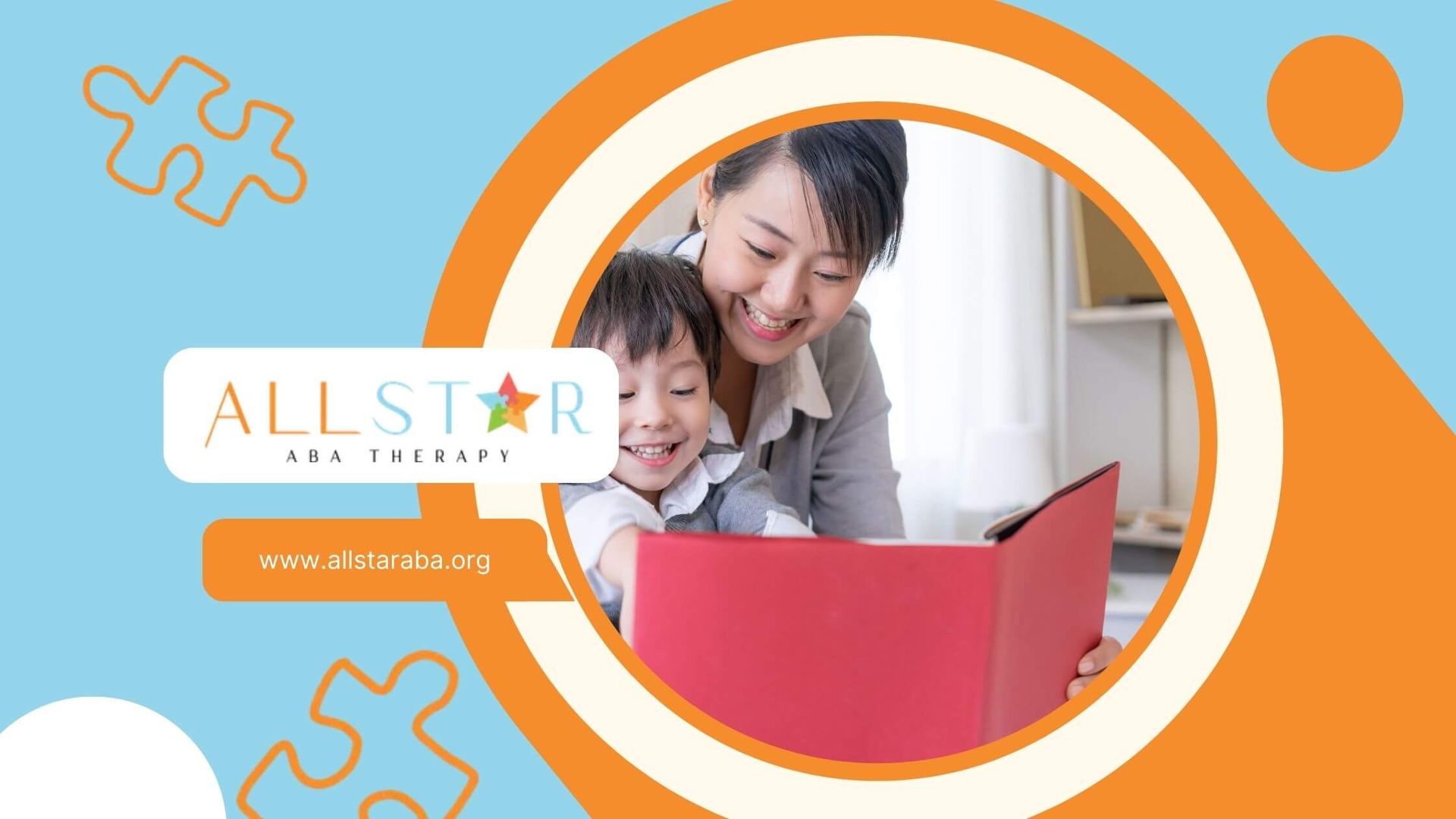New Paragraph
The Prompt Hierarchy in ABA: Strategies for Fading Prompts and Promoting Independence
In ABA therapy, the prompt hierarchy is a powerful tool for teaching new skills while fostering independence. Whether you're guiding a child to tie their shoes or helping them learn to identify colors, the systematic use of prompts—ranging from physical guidance to visual or verbal cues—can make the learning process smoother and more successful.
By understanding how to implement the prompt hierarchy effectively, you can provide just the right amount of support and gradually reduce it as the learner becomes more proficient. Let's dive into how you can apply this essential strategy in ABA therapy.
Understanding the Prompt Hierarchy in ABA
Imagine you're teaching a child to tie their shoes. Instead of letting them struggle, you might physically guide their hands, gradually reducing your support as they grasp the concept.
This gradual decrease in assistance exemplifies the essence of the prompt hierarchy in ABA. It's a structured system that ensures a supportive learning experience while promoting independence.
The prompt hierarchy encompasses a range of prompts, each varying in intrusiveness. The selection of the appropriate prompt level depends on the learner’s current abilities and the complexity of the skill being taught. As the learner progresses, prompts are gradually faded, allowing them to demonstrate the skill with increasing autonomy.
What is the Prompting Hierarchy?
Prompting hierarchies are a structured framework used in ABA to teach new skills to individuals, especially those with developmental disabilities. Instead of correcting errors after they occur, the focus is on providing appropriate support to increase the likelihood of the desired response from the outset.
The use of prompting hierarchies reduces frustration for both the learner and the teacher. Imagine trying to solve a complex puzzle without any guidance – it can be overwhelming! Prompting breaks down complex tasks into smaller, manageable steps, making the learning process smoother and more enjoyable.
The ultimate goal is to gradually fade these prompts as the learner demonstrates mastery. This careful reduction in support ensures that the individual becomes truly independent in their ability to perform the skill.
The Role of Prompting in Teaching New Skills
Prompting plays a pivotal role in the learning process, especially within the context of ABA. When teaching new skills, prompts act as valuable tools that provide learners with the additional guidance and support they need to make connections, understand expectations, and produce the correct response.
One of the primary benefits of prompting is that it promotes errorless learning. Rather than allowing the learner to repeatedly make mistakes, prompting ensures that they experience success from the outset. This approach not only enhances the efficiency of the learning process but also fosters a positive and encouraging learning environment where individuals feel motivated to learn and grow.
By providing clear and timely cues, prompting facilitates the acquisition of new skills, enabling learners to grasp concepts and master skills more effectively. This structured approach helps individuals develop a strong foundation for future learning, empowering them to tackle increasingly complex skills with confidence and independence.
Types of Prompts in the Hierarchy of Prompting
The prompt hierarchy encompasses various types of prompts, each catering to different learning styles and task demands. These prompts range in their level of intrusiveness, starting with the most supportive and gradually decreasing in assistance as the learner progresses.
Physical Prompts: Guidance Through Touch
Physical prompts, as the name suggests, involve using physical guidance to assist the learner in performing the desired action. This type of prompt can be particularly helpful when teaching new motor skills or tasks that require physical manipulation of objects. For instance, if you’re teaching a child to write the letter "A," you might gently hold their hand, guiding it to form the letter correctly.
The level of physical guidance provided can vary depending on the learner's needs. In the beginning stages of learning, a full physical prompt may be necessary, where the teacher physically guides the learner through the entire movement.
As the learner progresses, the physical prompt can be gradually faded to a partial physical prompt, offering less support. For example, instead of holding the child’s hand, the teacher might lightly touch their elbow or wrist, offering subtle direction.
The key is to ensure that physical prompts are faded systematically as the learner gains independence. The goal is not to create dependence on physical guidance but rather to use it as a temporary bridge to mastery. By gradually reducing physical prompts, the learner develops the confidence and skills to perform the action without assistance.
Verbal Prompts: Using Words to Assist
Verbal prompts utilize spoken words or phrases to provide instructions, cues, or reminders to the learner. They can range from simple, direct instructions to more indirect hints. For example, if you're teaching a child to identify colors, a direct verbal prompt would be, "What color is this?”
Verbal prompts are considered a less intrusive form of prompting compared to physical prompts, as they rely on auditory cues rather than physical manipulation. However, the level of intrusiveness can vary within verbal prompts as well.
A full verbal prompt, where the teacher provides the entire answer, is the most intrusive. For instance, in the color identification example, a full verbal prompt would be, "This is blue."
As the learner progresses, verbal prompts can be systematically faded by reducing the amount of information provided. Partial verbal prompts can be used, offering only a portion of the answer. For instance, the teacher might say, “This color starts with ‘b’.” The ultimate goal is to fade verbal prompts entirely so the learner can respond correctly without any verbal cues.
Visual Prompts: Supporting Learning with Images
Visual prompts employ visual aids to guide the learner toward the desired response. These prompts capitalize on the power of sight and can be particularly effective for visual learners or when teaching tasks that involve visual discrimination. Visual prompts can include a wide range of materials, including pictures, symbols, written words, gestures, and video models.
A model prompt is a type of visual prompt where the teacher demonstrates the desired action or skill, allowing the learner to observe and imitate. For example, to teach a child to put on a shirt, the teacher might first model the steps of putting on their own shirt. Similarly, a gesture prompt utilizes gestures to guide the learner, such as pointing to the correct object or making a specific hand motion.
Visual prompts can be particularly helpful in reducing dependence on verbal instructions, as they provide a clear visual representation of the expectation. As with other types of prompts, visual prompts should be faded systematically as the learner demonstrates progress.
How to Implement the Prompt Hierarchy
Effective implementation of the prompt hierarchy requires careful planning and consideration of the learner's individual needs. Before implementing a prompt hierarchy, it's essential to identify the target skill, determine the learner's current level of ability, and select a prompting strategy that aligns with their strengths and challenges.
Identifying When to Use Different Types of Prompts
Choosing the appropriate type and sequence of prompts is crucial for effective teaching and learning. While the ultimate goal is to fade prompts and foster independence, the specific path to achieving this goal can vary greatly depending on the individual learner and the skill being taught.
Here are factors to consider:
- Learner’s age and developmental level: Younger learners or those with developmental delays may benefit from more intrusive prompts, such as physical guidance, initially. As they progress, these prompts can be faded to less intrusive options, such as verbal cues or gestures.
- Complexity of the skill: For more complex tasks, a most-to-least prompting strategy, starting with the most intrusive prompt and gradually fading to less intrusive prompts, is often effective. This approach maximizes the learner's chances of success early on, which can be very motivating.
- Learner's learning style: Some learners are more visual learners and may benefit from visual prompts such as pictures, videos, or written words. Others may respond better to auditory cues and may benefit from verbal prompts. Understanding the learner’s preferred learning style can significantly impact the effectiveness of the prompting strategy.
Techniques for Fading Prompts Over Time
Prompt fading is the process of systematically reducing and eventually eliminating prompts as the learner demonstrates mastery of the skill. Effective prompt fading is crucial for promoting independence and preventing prompt dependency, where the learner becomes reliant on the prompts to perform the skill.
There are several techniques for fading prompts over time. One common approach is time delay, where the prompt is presented immediately after the instruction initially, but the delay between the instruction and the prompt is gradually increased. For example, you might start with a 0-second delay, where the prompt is given immediately. Then, you might increase the delay to 2 seconds, then 5 seconds and so on.
Another approach is to gradually fade from more intrusive prompts to less intrusive prompts. For instance, you might start with a physical prompt and gradually fade to a gestural prompt, then a verbal prompt, and finally no prompt at all. The key is to fade prompts gradually and systematically, ensuring that the learner maintains success throughout the process.
Evaluating the Effectiveness of Prompting Strategies
Evaluating the effectiveness of prompting strategies is paramount in ABA therapy programs. This evaluation process involves closely monitoring the learner’s progress and making data-driven decisions to ensure that the chosen prompt hierarchy is effectively supporting skill acquisition and independence.
Data collection plays a vital role in evaluating prompting strategies. By systematically tracking the learner's responses, both prompted and independent, practitioners can gain valuable insights into how well the prompting strategy is working.
If the learner consistently requires high levels of prompting or makes frequent errors, it may indicate that the prompt hierarchy needs adjustment. For instance, the prompts may need to be introduced at a different level, or a different type of prompt may be more effective.
Measuring Progress in Learning with Prompts
Measuring progress in learning with prompts is essential to gauge the effectiveness of the chosen ABA strategies and make data-informed decisions. As the learner progresses through the prompt hierarchy, it's crucial to track their responses and observe their ability to perform the skill with diminishing levels of support.
One way to measure progress is to track the accuracy of the learner’s responses with and without prompts. For instance, if a learner is consistently responding correctly with a gestural prompt but requires a physical prompt for a correct response, the practitioner can infer that fading to a less intrusive prompt might be premature.
By carefully analyzing the data and observing the learner’s performance, adjustments to the prompting strategy can be made to ensure ongoing progress and prevent any plateau in skill development.
Moreover, observing the learner's enthusiasm and confidence during the learning process can provide valuable insights. As learners begin to experience success and master skills with less support, they often exhibit a sense of accomplishment and increased motivation to learn. These positive changes in demeanor are also indicative of progress and reinforce the effectiveness of the chosen prompting strategies.
Adjusting Prompt Levels Based on Learner's Needs
In ABA therapy, the effective application of prompting techniques is not a one-size-fits-all approach but a dynamic process. The level of prompting required by a learner can fluctuate depending on various factors, such as the complexity of the task, environmental distractions, or even the learner's emotional state on a given day.
Therefore, it is paramount to remain flexible and adjust prompting levels according to the learner's needs at any given момент during the teaching process.
ABA practitioners play a crucial role in closely monitoring the learner’s response to prompts and making real-time adjustments as needed. For example, if a learner who was previously successful with a less intrusive verbal prompt suddenly begins to struggle or make errors, it may be necessary to temporarily increase the prompt level back to a more supportive gestural or even physical prompt. This dynamic approach ensures that the learner continues to experience success and prevents frustration from hindering their progress.
The key takeaway is that adjusting prompts is not indicative of failure but rather a testament to the practitioner's ability to respond to the learner's needs effectively. By understanding that prompting exists on a continuum, practitioners can provide individualized support and empower learners to navigate the path toward independence with greater confidence and success.
Conclusion
In conclusion, implementing the prompt hierarchy in ABA is crucial for effectively teaching new skills. Understanding the different types of prompts and when to use them is key. By employing strategies to fade prompts gradually and evaluating progress, you can tailor your approach to meet the learner's needs.
It's essential to continuously assess and adjust prompt levels to promote independence. Consistent monitoring and adaptation are vital for the success of prompt hierarchy implementation in ABA.
If you’re looking for support in applying these strategies effectively, All Star ABA is here to help. With our personalized ABA therapy services, we work alongside families to ensure that every learner gets the guidance they need to thrive. Ready to take the next step? Reach out to All Star ABA today!
Frequently Asked Questions
What is the difference between a prompt hierarchy and prompting techniques?
A prompt hierarchy is a systematic arrangement of prompting techniques according to their level of intrusiveness, ranging from most-to-least or least-to-most prompting. Prompting techniques, on the other hand, refer to the specific strategies used to elicit a desired response, such as verbal, physical, or gestural prompts, and influence behavior to meet reinforcement criteria.
How do I know which type of prompt to use first?
The type of prompt you use first will depend on the individual learner and the specific task. Consider the learner's age, developmental disabilities, any diagnoses, and the complexity of the skill. Starting with the most intrusive prompt that guarantees success is often a good rule of thumb.
Can prompts hinder independence if used excessively?
Yes, excessive prompting can hinder independence. If a learner becomes overly reliant on prompts, they may not learn to perform the desired response independently. This highlights the critical importance of systematic prompt fading.
Need Support?
We're Here to Help!
Our experienced team is ready to assist you. Reach out today to discuss how we can support your child's development and well-being.
Get started with expert ABA therapy today.








